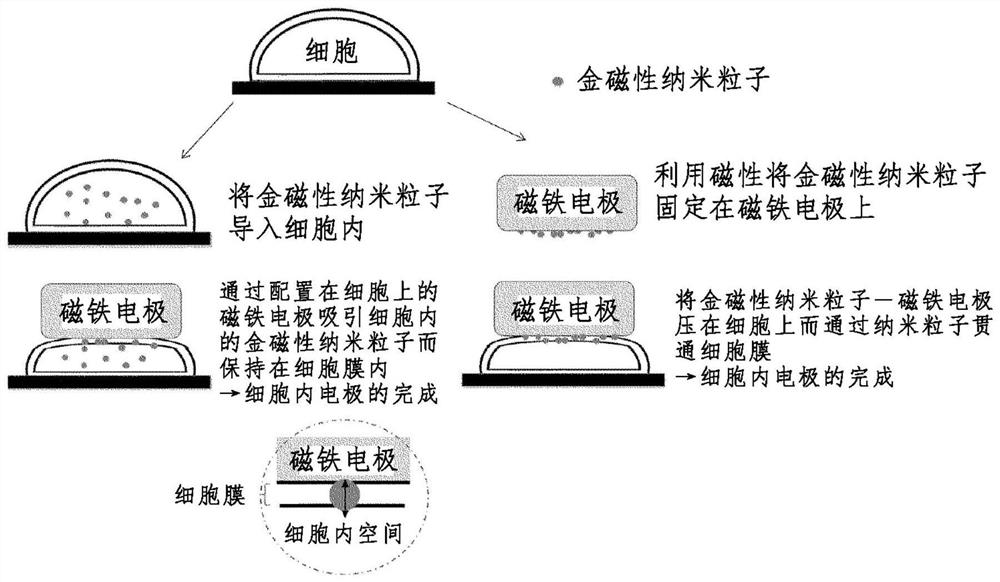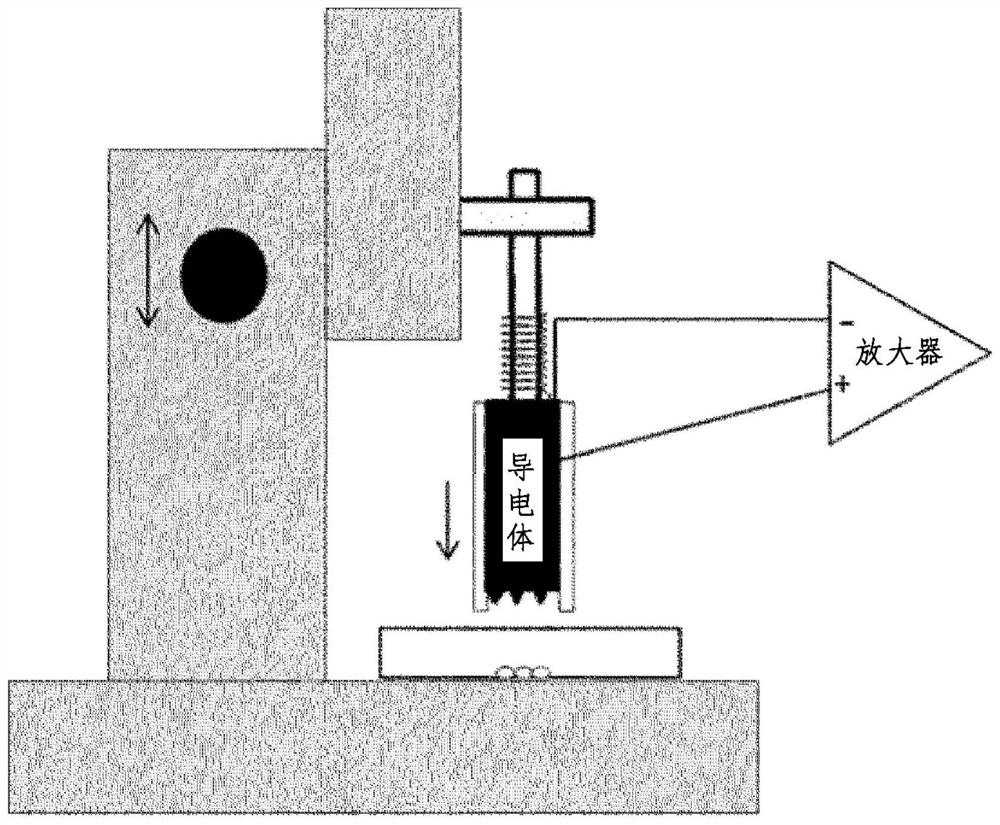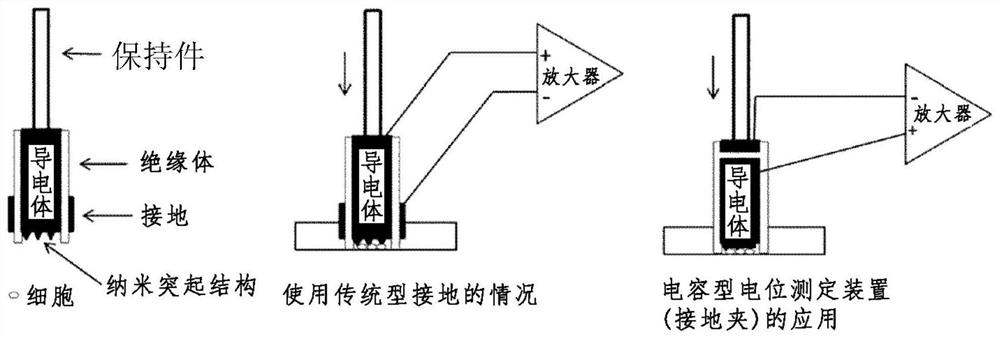Electrode having NANO structure at tip
An electrode and recording electrode technology, which is applied in the determination/inspection of microorganisms, methods of stress-stimulated microbial growth, and bioreactors/fermenters for specific purposes, etc. The effect of cell damage
- Summary
- Abstract
- Description
- Claims
- Application Information
AI Technical Summary
Problems solved by technology
Method used
Image
Examples
Embodiment
[0210] The present invention will be specifically described below by showing examples, but the present invention is not limited to these examples.
[0211] Other terms and concepts in the present invention are based on the meanings of the terms commonly used in this field; especially in addition to the technology that expresses its source, as far as the various technologies used to implement the present invention are concerned, as long as those skilled in the art , it can be implemented easily and reliably based on known documents and the like. In addition, various analyzes and the like are carried out using the methods described in the manuals of the analytical instruments, reagents, and kits used, catalogs, and the like.
[0212]In addition, the description contents in the technical documents, patent publications, and patent application specifications cited in this specification are referred to as the description contents of the present invention.
reference example 1
[0213] (Reference Example 1) Determination of intracellular potential in HEK cells stably expressing Nav1.5 / Kir2.1
[0214] This experiment shows that HEK cells stably expressing Nav1.5 / Kir2.1 that spontaneously generate action potentials can be used to measure intracellular potentials with conductive nanoparticles that penetrate the cell membrane.
[0215] (Refer to 1-1) Production of HEK cells stably expressing Nav1.5 / Kir2.1
[0216] HEK cells (JCRB cell bank) were transformed with the Nav1.5 / Kir2.1 gene using the vector to produce HEK cells stably expressing Nav1.5 / Kir2.1.
[0217] Specifically, first, the Nav1.5 gene was excised from the α subunit (SCNA5, BC140813: Source Bioscience) of the human Na+ channel (Nav1.5), and inserted into pcDNA3.1(-) hygromycin (Invitrogen) .
[0218] Since BC140813 is an embryonic Nav1.5 gene, it was replaced with the Nav1.5 gene expressed in human adult myocardium by PCR or the like using human heart cDNA (Zymogen).
[0219] For the Kir2...
reference example 2
[0242] (Reference example 2) Measurement method using the charge amplifier principle
[0243] (Refer to 2-1) Preparatory experiments for the application of the charge amplifier principle
[0244] This experiment is an experiment to demonstrate that, when measuring biopotentials, the measurement system is effective by combining a charge amplifier with nanoparticles introduced into cells ( FIG. 12 ).
[0245] Circuit A is a circuit in which a model cell (cell equivalent circuit: 500MΩ resistor and 33pF capacitor) is connected in parallel in a patch clamp amplifier Axopatch 200A in current-clamp mode (Current-clamp mode) for recording. 20ms, 120pA), measure the potential change through the equivalent circuit ( Figure 8 Circuit A).
[0246] Next, connect the conductive glass of the sensor that acts as a charge amplifier between the equivalent circuit and the negative input of the amplifier. In order to make this conductive glass function as a capacitor, an aluminum foil ( Fi...
PUM
| Property | Measurement | Unit |
|---|---|---|
| length | aaaaa | aaaaa |
Abstract
Description
Claims
Application Information
 Login to View More
Login to View More - R&D
- Intellectual Property
- Life Sciences
- Materials
- Tech Scout
- Unparalleled Data Quality
- Higher Quality Content
- 60% Fewer Hallucinations
Browse by: Latest US Patents, China's latest patents, Technical Efficacy Thesaurus, Application Domain, Technology Topic, Popular Technical Reports.
© 2025 PatSnap. All rights reserved.Legal|Privacy policy|Modern Slavery Act Transparency Statement|Sitemap|About US| Contact US: help@patsnap.com



